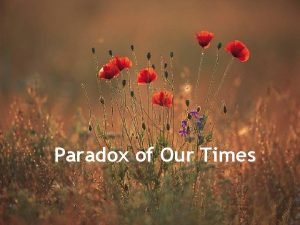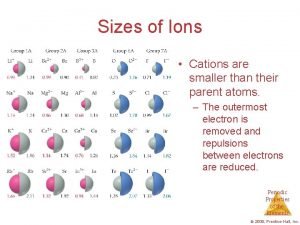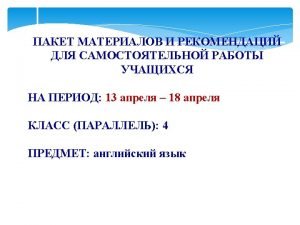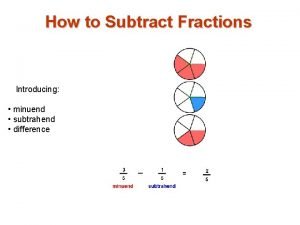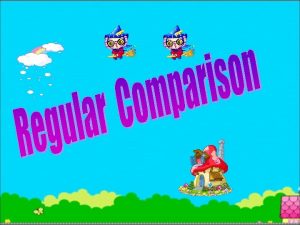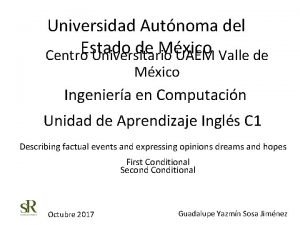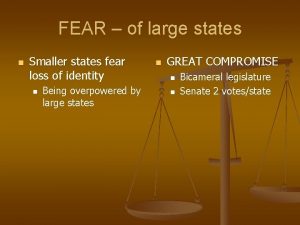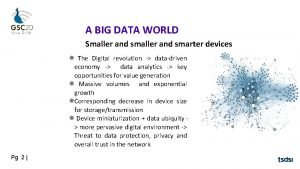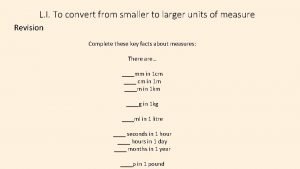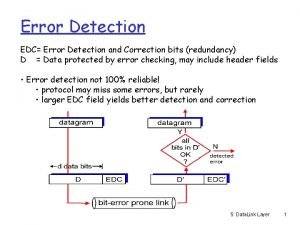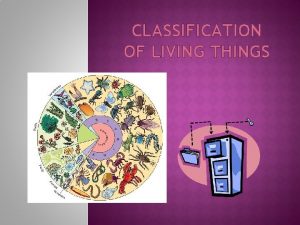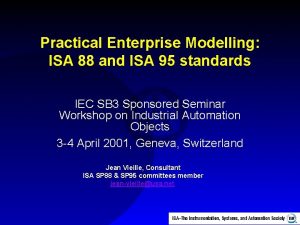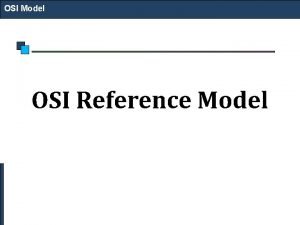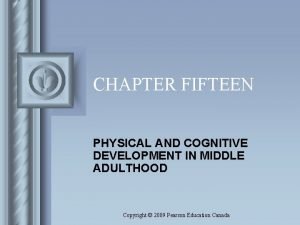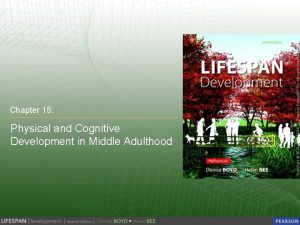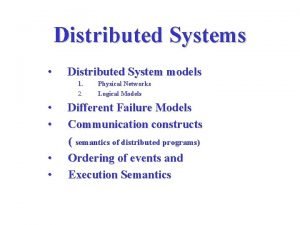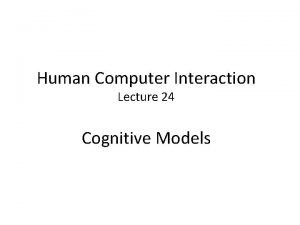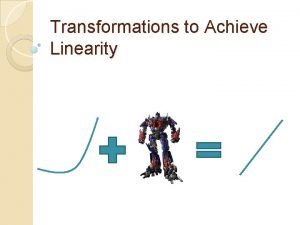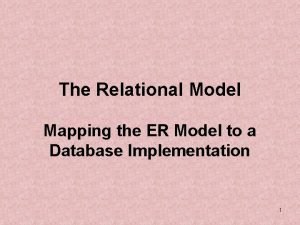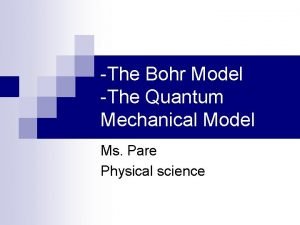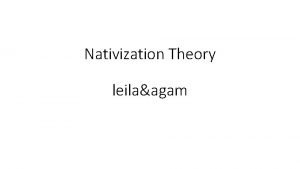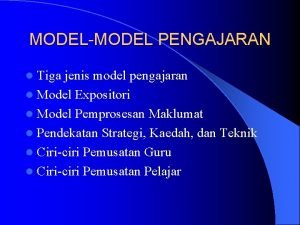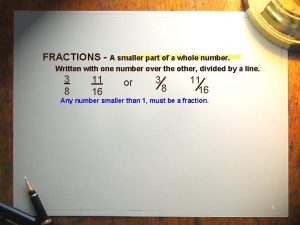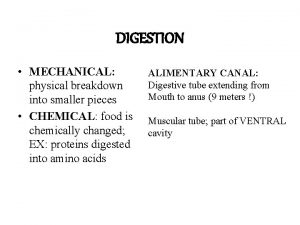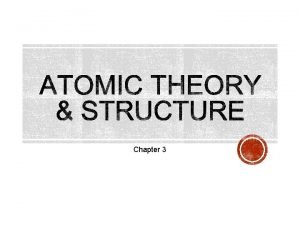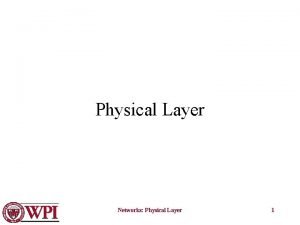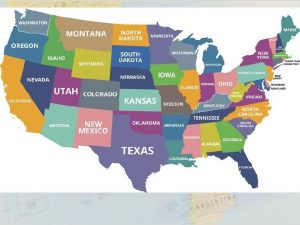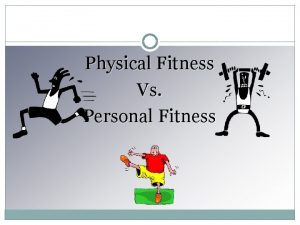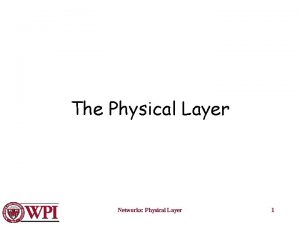Physical model Physical model is a smaller or










































- Slides: 42






ﻣﺪﻝ ﺳﺎﺯی Physical model: Physical model is a smaller or larger physical copy of an object. The object being modeled may be small (for example, an atom) or large (for example, the Solar System). 6

ﻣﺪﻝ ﺳﺎﺯی Examples of physical models: 7

ﻣﺪﻝ ﺳﺎﺯی Conceptual model: A conceptual model is a model made of the composition of concepts, which are used to help people know, understand, or simulate a subject the model represents. The term conceptual model may be used to refer to models which are formed after a conceptualization or generalization process. 8

ﻣﺪﻝ ﺳﺎﺯی Examples of conceptual models: 9

ﻣﺪﻝ ﺳﺎﺯی Mathematical model: 10

ﻣﺪﻝ ﺳﺎﺯی Mathematical model: A mathematical model is a description of a system using mathematical concepts and language. The process of developing a mathematical model is termed mathematical modeling. Mathematical models are used in the natural sciences (such as physics, biology, earth science, meteorology) and engineering disciplines (such as computer science, artificial intelligence), as well as in the social sciences (such as economics, psychology, sociology, political science). 11

ﻣﺪﻝ ﺳﺎﺯی Model classifications in mathematics: v Linear vs. nonlinear, v Deterministic vs. stochastic or probabilistic. 12


Difference between Deterministic and stochastic (probabilistic) models: 14

ﻣﺪﻝ ﺳﺎﺯی Example of statistical model: 15





(Statistical Modeling) ﻣﺪﻝ ﺳﺎﺯی آﻤﺎﺭی 20

(Statistical Modeling) ﻣﺪﻝ ﺳﺎﺯی آﻤﺎﺭی 21





(Statistical Modeling) ﻣﺪﻝ ﺳﺎﺯی آﻤﺎﺭی 26





(Statistical Modeling) ﻣﺪﻝ ﺳﺎﺯی آﻤﺎﺭی 31

(Statistical Modeling) ﻣﺪﻝ ﺳﺎﺯی آﻤﺎﺭی SPSS > Analyze >> General Linear Model >> Univariate 32

(Statistical Modeling) ﻣﺪﻝ ﺳﺎﺯی آﻤﺎﺭی 33

(Statistical Modeling) ﻣﺪﻝ ﺳﺎﺯی آﻤﺎﺭی 34

(Statistical Modeling) ﻣﺪﻝ ﺳﺎﺯی آﻤﺎﺭی : (Multiple linear regression model) ﻣﺪﻝ ﺭگﺮﺳیﻮﻥ ﺧﻄی چﻨﺪگﺎﻧﻪ 35

(Statistical Modeling) ﻣﺪﻝ ﺳﺎﺯی آﻤﺎﺭی 36


Explanatory variables used in the Modeling modeling process: (Statistical ) ﺳﺎﺯی آﻤﺎﺭی Age: Subject’s age Gender: (0=Male, 1=Female) Married: (0=No, 1=Yes) Income. C: Income in College (in thousands) Health. C: Score on Health Inventory in College Child. C: Number of Children while in College Life. Sat. C: Score on Life Satisfaction Inventory in College Spirit. C: Score on Spirituality Inventory in College SES: Socio Economic Status of Parents Smoker: (0=No, 1=Yes) Finish: Finish the program in college (0=No, 1=Yes) Income: Income seven years after College (in thousands) Dependent variable: Life. Sat 7: Score on Life Satisfaction Inventory seven years after College 38 ﻣﺪﻝ




 Ualitative
Ualitative Computers make the world smaller and smarter answers
Computers make the world smaller and smarter answers Water contracts (gets smaller) when it freezes
Water contracts (gets smaller) when it freezes Qualitative quantitative
Qualitative quantitative We have bigger houses but smaller families
We have bigger houses but smaller families Ionic radius
Ionic radius Is a dog smaller or larger than a mouse
Is a dog smaller or larger than a mouse What is electrophoresis
What is electrophoresis Minuend
Minuend Expanding universe
Expanding universe Positive degree of smallest
Positive degree of smallest The three branches of christianity
The three branches of christianity If he had more time he would learn karate
If he had more time he would learn karate Smaller
Smaller Smaller
Smaller Fear of large states
Fear of large states Dunedin smaller companies share price
Dunedin smaller companies share price Compact multi-signatures for smaller blockchains
Compact multi-signatures for smaller blockchains Computers make the world smaller and smarter
Computers make the world smaller and smarter Smaller the better taguchi
Smaller the better taguchi Smaller to larger
Smaller to larger E dc error
E dc error Who are the smaller men in the picture
Who are the smaller men in the picture Domain of living things
Domain of living things Figure 17-3 shows smaller and larger beaks
Figure 17-3 shows smaller and larger beaks Pricing strategies in marketing
Pricing strategies in marketing Physical fitness components and tests grade 9
Physical fitness components and tests grade 9 Concentric zone mode
Concentric zone mode Isa-88
Isa-88 Osi model
Osi model Denny's model of physical and cognitive ageing
Denny's model of physical and cognitive ageing Denny's model of physical and cognitive ageing
Denny's model of physical and cognitive ageing Evaluate and revise in assure model
Evaluate and revise in assure model Distributed system models
Distributed system models What is linguistic model in hci
What is linguistic model in hci Isabella taba
Isabella taba Transforming to achieve linearity
Transforming to achieve linearity Mapping of er model to relational model
Mapping of er model to relational model Erwin schrödinger quantum mechanical model
Erwin schrödinger quantum mechanical model Niels bohr quantum mechanical model
Niels bohr quantum mechanical model Nativization model
Nativization model Contoh kasus motivasi dalam organisasi
Contoh kasus motivasi dalam organisasi Model ekspositori
Model ekspositori




